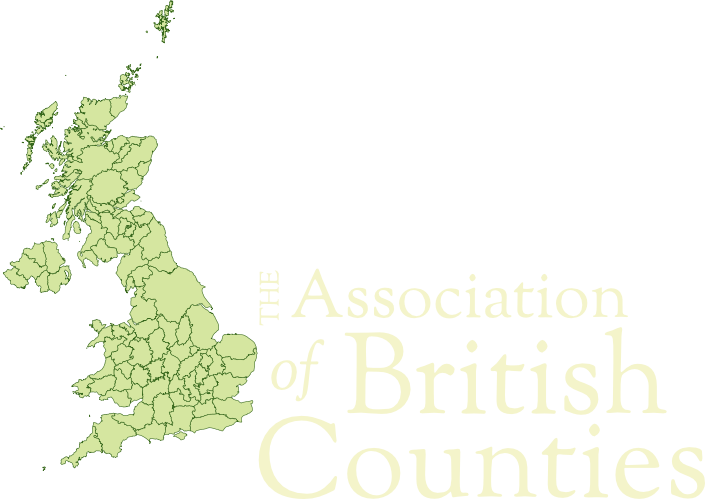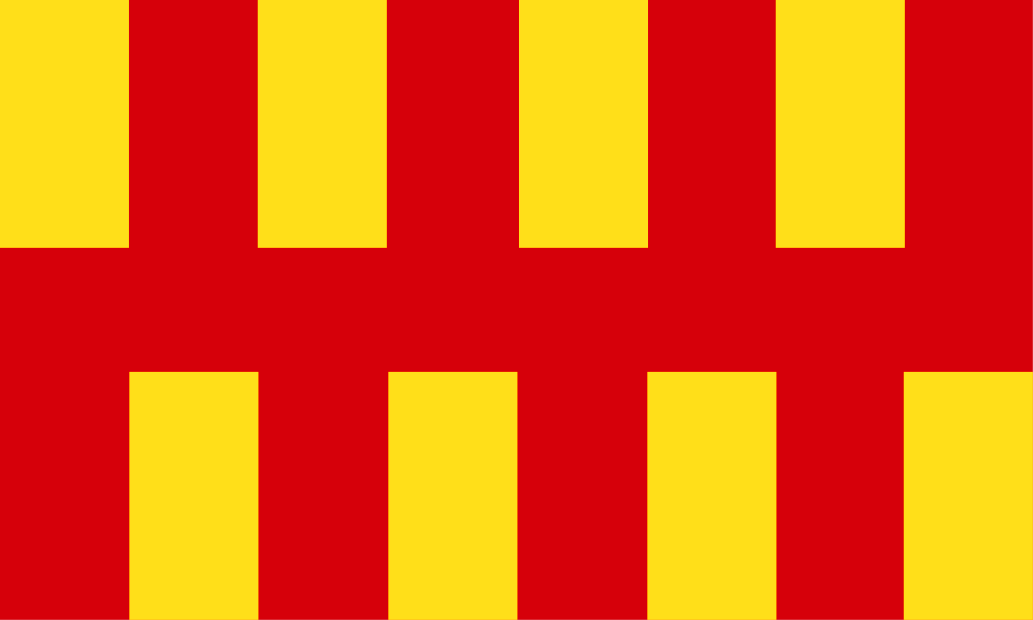Northumberland is a large county, very rural and very urban in its different parts. The coast of Northumberland stretches from the mouth of the Tyne to Berwick on Tweed.
This is one of the ‘Middle Shires’, which before King James’s time was a lawless borderland facing Scotland, hence the huge number of castles and fortified houses and towers found across the Northumberland.
The southern border of the county is the Tyne, an industrial river. Tynemouth is a major port, a busy industrial gateway, behind which is the Newcastle conurbation. North of the Tyne are a number of coastal towns but past Blyth is undisturbed rural Northumberland, where the coastline is generally low-lying and rocky, with numerous little bays.
Bamburgh Castle sits perched on a precipitous rock; the first seat of the Northumbrian kings, though the castle itself is rather more recent. Opposite Bamburgh are the Farne Islands stretching into the North Sea, of which the largest and most famous is Lindisfarne or Holy Island, which was the first Christian missionary centre in Northumbria. Inland the bulk of the county is sparsely populated, a place of fells and dales amongst which the Cheviot Hills, spreading into Berwickshire, rise to 2,676 feet. Castles and peel towers abound; reminders of more lawless times.
In complete contrast is Newcastle upon Tyne, one of the greatest cities of the kingdom. It sits on the north bank of the River Tyne, and thus on the boundary with County Durham. It is an industrial city, built on coal.
Berwick-upon-Tweed is at the northernmost reach of Northumberland. On the north bank of the Tweed, there is still debate about whether it belongs to Northumberland at all, or to Berwickshire, or whether it is a free burgh in neither.
Hadrian’s Wall crosses the south of Northumberland east to west, from Wallsend-on-Tyne out to the Solway coast in Cumberland; a remnant but an impressive one of the great Roman wall with forts and mile-castles dotted along it. Many Roman remains have been found along its length.
County Facts
County Town: Alnwick
Main Towns: Alnwick, Berwick on Tweed, Haltwhistle, Hexham, Newbiggin-by-the-Sea, Newcastle-upon-Tyne, Seaton Delaval, Tweedmouth, Tynemouth, Wallsend, Whitley Bay.
Main Rivers: Tyne, Coquet, Rede, Aln.
Highlights: Bamburgh Castle; Flodden Field battlefield; Hadrian’s Wall; Newcastle city centre and quayside; Whitley Bay.
Highest Point: The Cheviot, 2,676 feet.
Area: 2,018 sq miles
County Flower: Bloody Crane’s-bill



